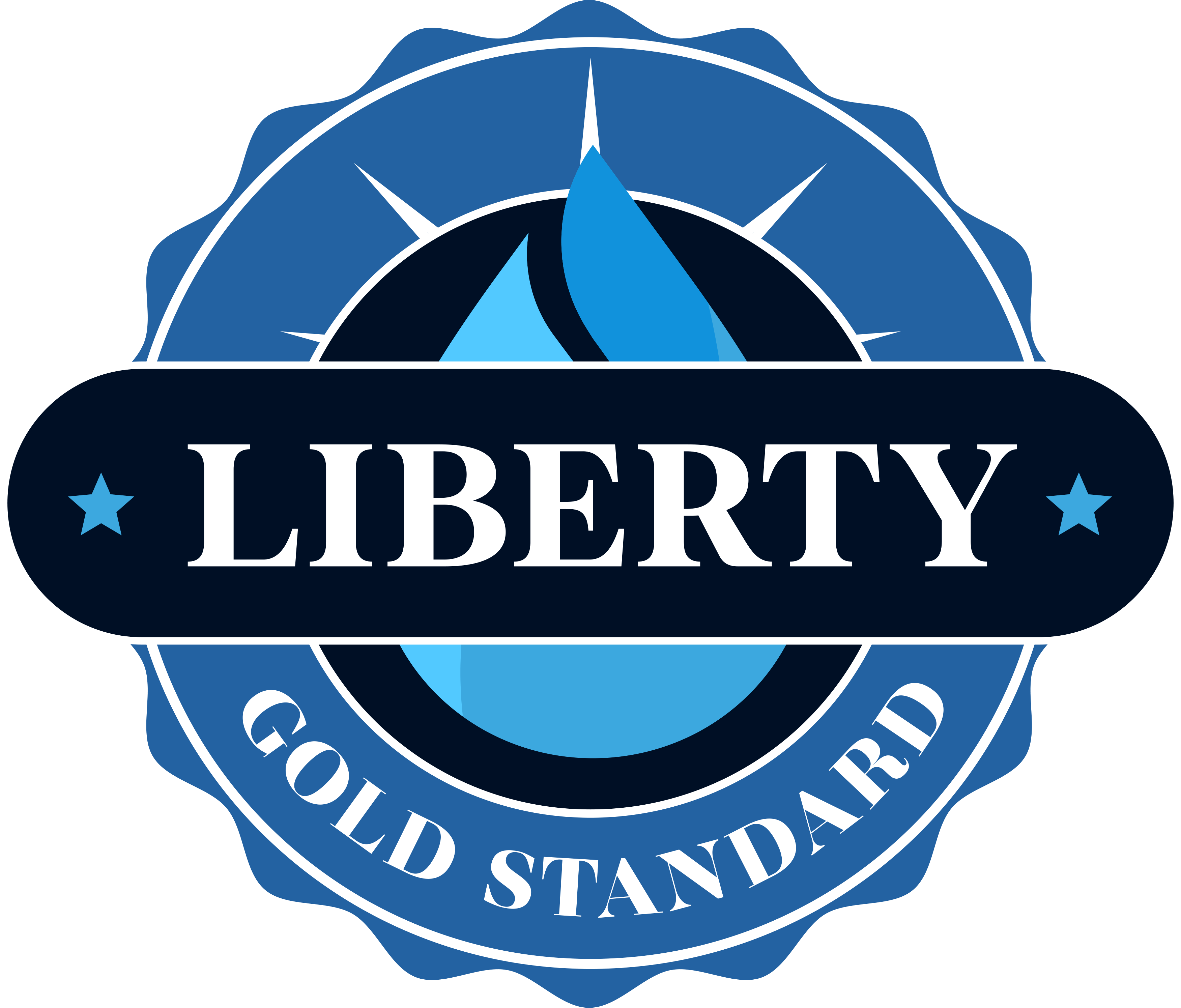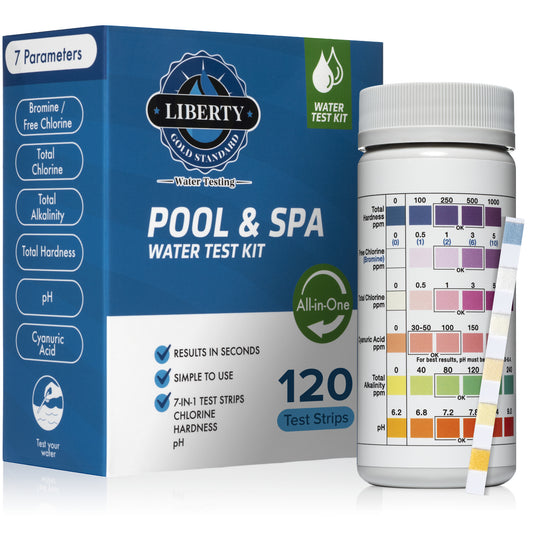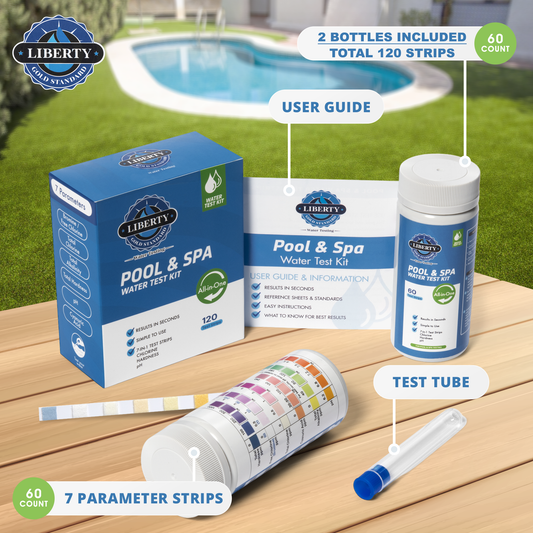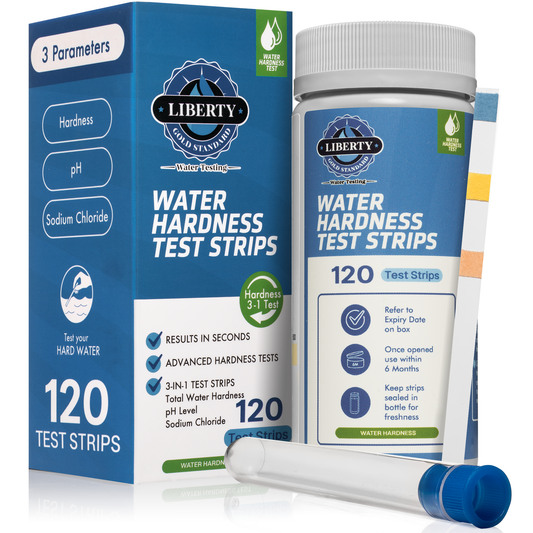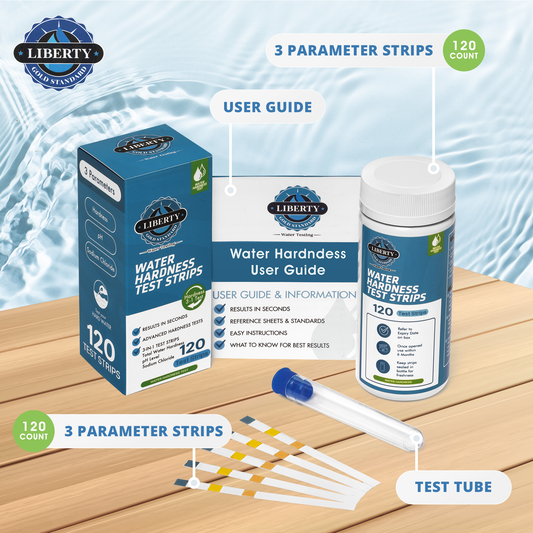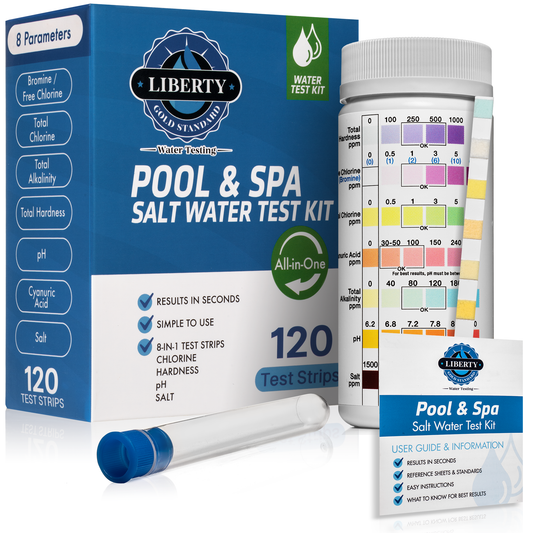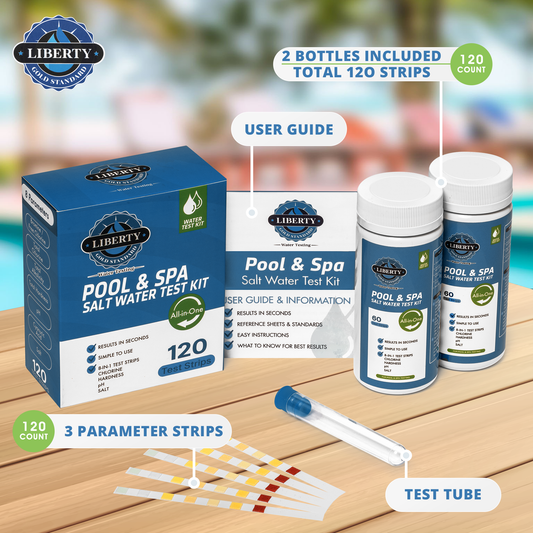Baby blue syndrome, also known as methemoglobinemia, is a serious health condition that can affect infants and young children. It occurs when there is an excessive buildup of methemoglobin in the blood, a form of hemoglobin that cannot carry oxygen effectively. This leads to a decrease in oxygen levels in the body, causing the skin to turn blue.
Causes of Baby Blue Syndrome
The primary cause of baby blue syndrome is exposure to high levels of nitrate in drinking water. Nitrate is a naturally occurring compound found in soil, fertilizer, and manure. When nitrate enters groundwater, it can be converted into nitrite by bacteria. Nitrite can then react with hemoglobin in the blood, forming methemoglobin. However, in infants the most common cause of methemoglobinemia is acquired through the ingestion of nitrates (NO−3) through well water or foods.
Despite higher Nitrate levels being commonly found in agricultural areas where well water is used more often, that isn't always the case. Nitrate levels may increase in groundwater due to various factors, including bacteria growth and it is important to test tap water regardless. If looking to test tap water and bacteria, Liberty Gold Standard provides test for that as well.

Symptoms of Baby Blue Syndrome
The symptoms of baby blue syndrome can develop rapidly and may include:
- Bluish or gray skin color
- Difficulty breathing
- Rapid heartbeat
- Lethargy
- Irritability
- Vomiting
- Seizures
In severe cases, baby blue syndrome can be fatal.
The blue baby syndrome or cyanosis occurs when absolute amount of deoxygenated hemoglobin > 3g/dL which is typically reflected with an O2 saturation of < 85 %.
Detailed information about this Syndrome can be found at https://en.wikipedia.org/wiki/Blue_baby_syndrome
Effects of Nitrate on Health
In addition to causing baby blue syndrome, high levels of nitrate in drinking water can also have other health effects:
- Gastrointestinal problems: Nitrate can cause nausea, vomiting, and diarrhea.
- Headaches: Nitrate exposure has been linked to headaches and migraines.
- Increased risk of cancer: Some studies have suggested that long-term exposure to high levels of nitrate may increase the risk of certain types of cancer, such as bladder cancer and stomach cancer.
FDA Recommended Nitrate Levels
The FDA (Food and Drug Administration) recommends that the maximum contaminant level (MCL) for nitrate in drinking water be 10 parts per million (ppm). This level is based on the potential for nitrate to cause methemoglobinemia in infants.
Age Groups Most Affected
Infants and young children are most susceptible to baby blue syndrome due to their immature digestive systems and lower hemoglobin levels. Babies under six months of age are particularly vulnerable.
Infants and young children are at the highest risk of developing baby blue syndrome. Their immature digestive systems are more susceptible to converting nitrate into nitrite, which can then react with hemoglobin in the blood, causing methemoglobinemia.
Here are some specific groups at increased risk:
- Babies under six months of age: They are particularly vulnerable due to their undeveloped digestive systems.
- Infants fed formula mixed with nitrate-contaminated water: If the water used to prepare formula contains high levels of nitrate, it can increase the risk of baby blue syndrome.
- Children living in areas with high nitrate levels in the drinking water: This is especially common in rural areas where well water is used and agricultural runoff may contribute to nitrate contamination.
Protecting Yourself from Nitrate Levels
Here are some steps you can take to protect yourself and your family from nitrate levels in your drinking water:
- Test your water: Use an at home test evaluating for Nitrite levels in your drinking water. Liberty Gold Standard offers multiple options to test tap water, well water and or other levels of nitrate to ensure your family is drinking water within in safe range.
- Use a nitrate filter: If your water contains high levels of nitrate, consider using a nitrate filter to remove it.
- Avoid high-nitrate foods: Some foods, such as spinach and beets, can contain high levels of nitrate. If you are concerned about nitrate exposure, limit your consumption of these foods.
- Boil your water: Boiling your water can help to destroy nitrate bacteria. However, it is important to let the water cool before drinking it.
Test your drinking water today, and use Promo Code NITRATE15 to save 15% Off your next order
Test for 16 different parameters in your drinking water, tap or well water, and make sure you're protected from Nitrate, Fluoride, Lead and many other harmful chemicals that could be lurking in your water. You can also test for bacteria and use same promo code to save 15%.
Here are a few more useful links to information regarding Baby Blue Syndrome:
Healthline https://www.healthline.com/health/blue-baby-syndrome
MedicalNewsToday: https://www.dhs.wisconsin.gov/water/blue-baby-syndrome.htm
WebMD: https://www.dhs.wisconsin.gov/water/blue-baby-syndrome.htm
Wikipedia: https://en.wikipedia.org/wiki/Blue_baby_syndrome
